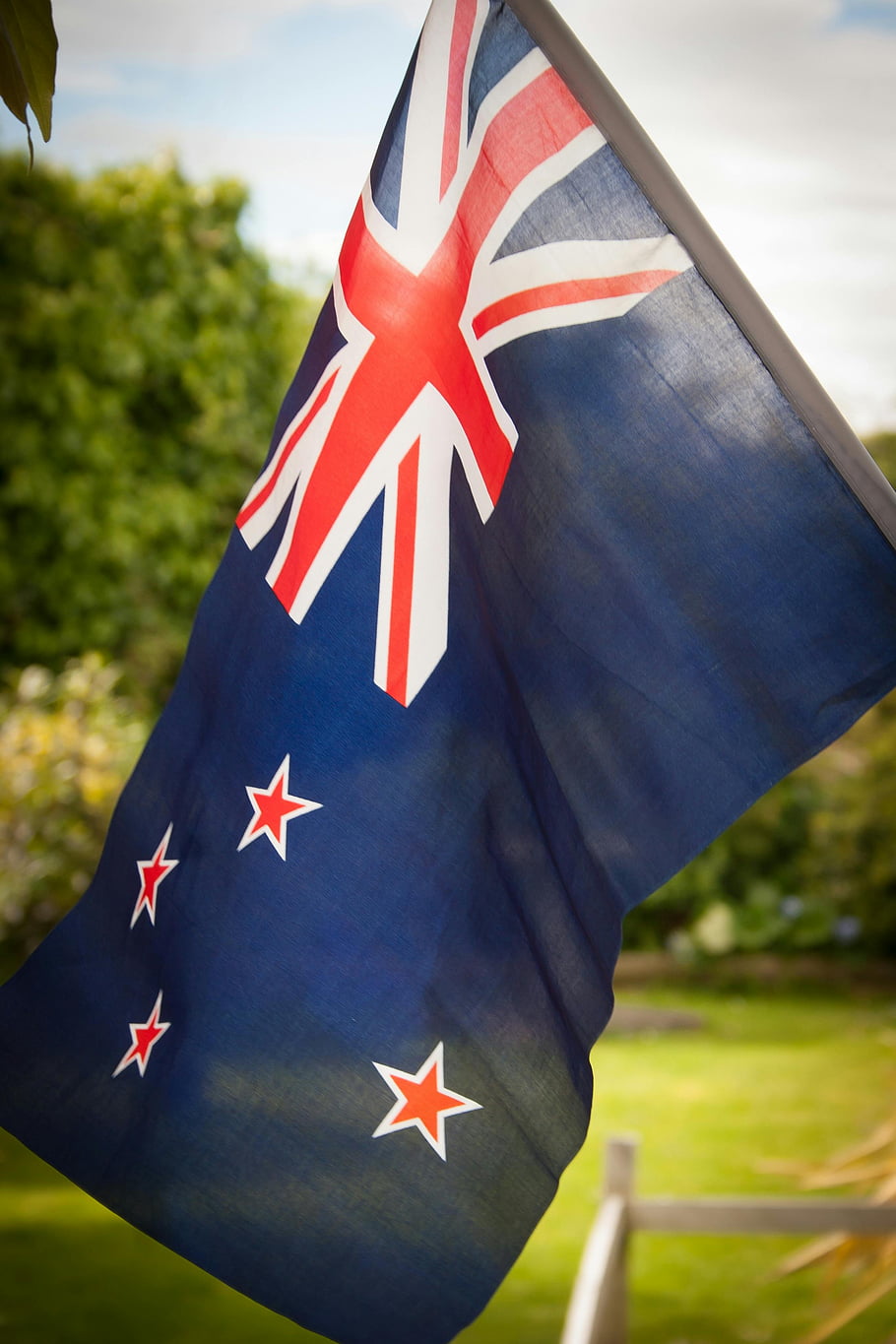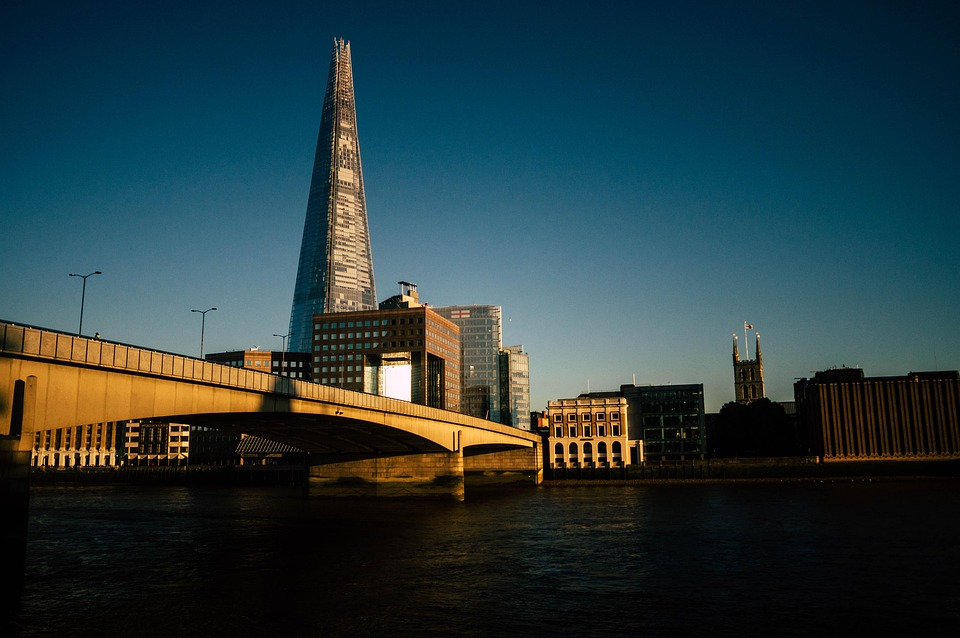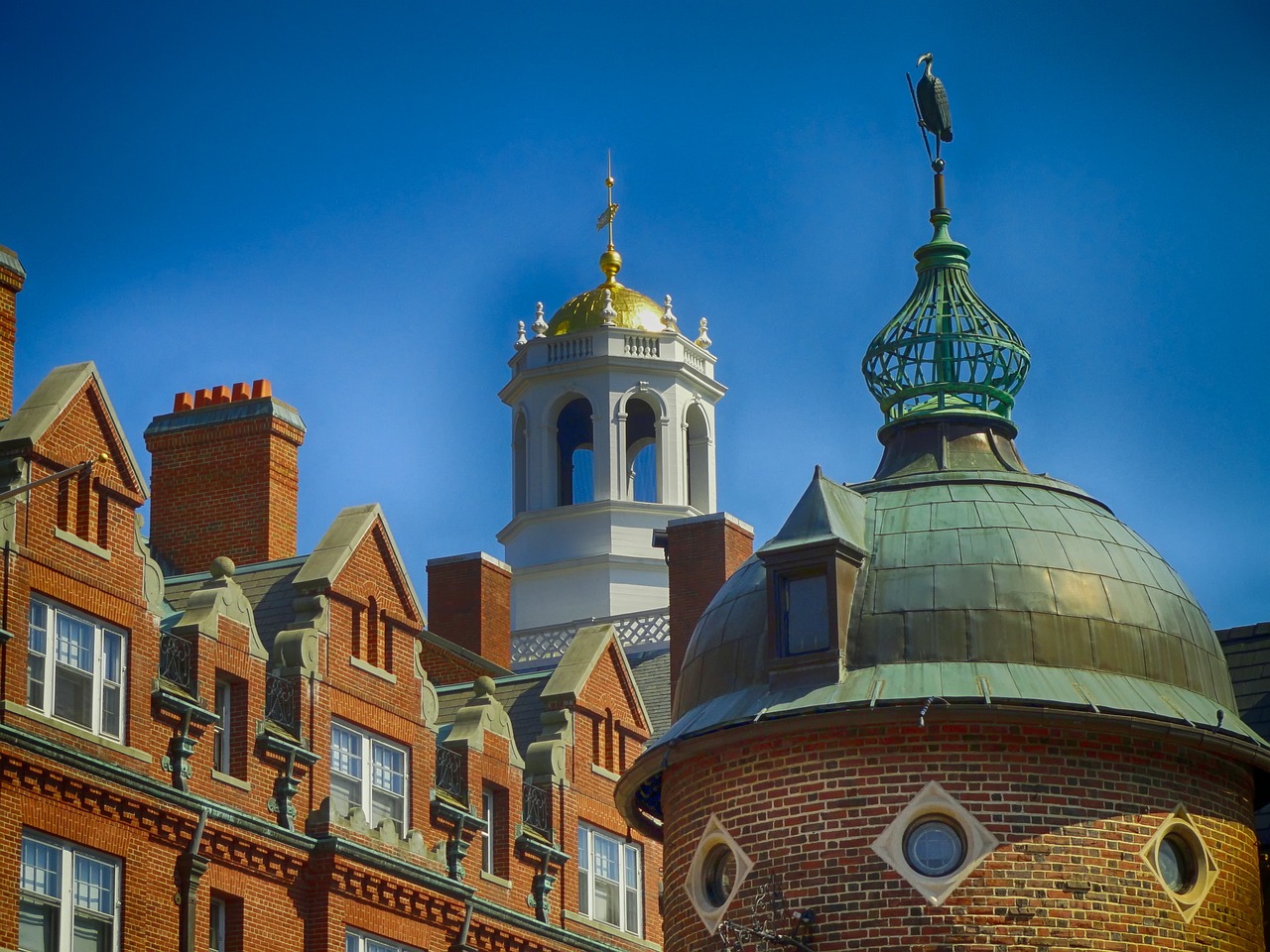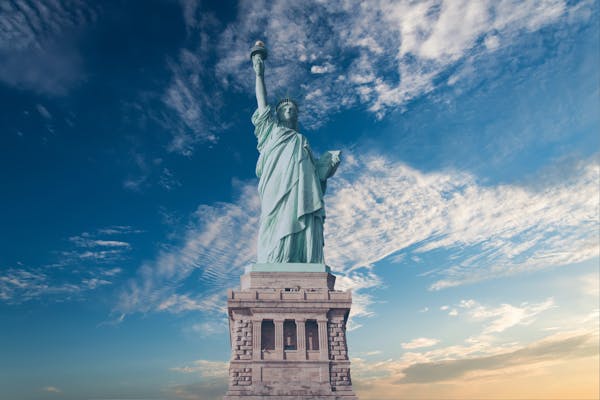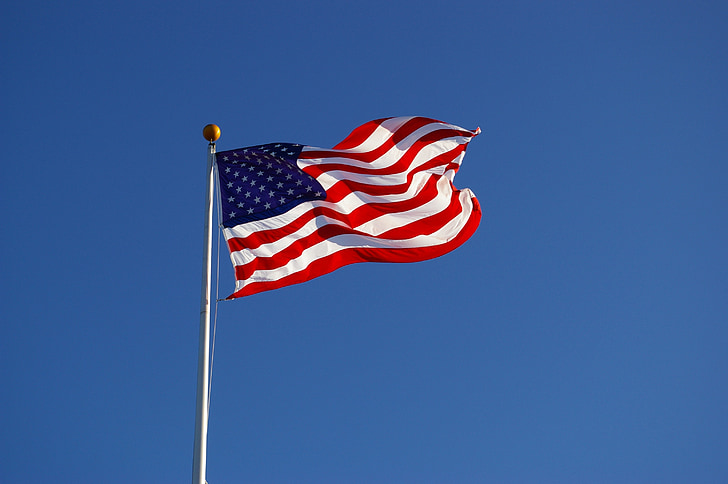Dreaming of the hallowed halls of an Ivy League school? Are you confused about the Ivy League Acceptance Rates, Admission Statistics, and Requirements? The Ivy League schools are the gold standard of higher education, but getting in is no small feat. In this blog, we will break down the latest Ivy League acceptance rates and give you tips on how to make your application stand out. Whether aiming for Harvard, Yale, or any other prestigious Ivies, this guide will provide you with the knowledge and strategies you need. Let’s dive in!
What Are The Ivy League Schools?
The Ivy League is an elite group of eight private colleges in the Northeastern United States, renowned for their high academic standards, selective admissions, and prestigious reputations. The Ivy League was established in 1954 by the National Collegiate Athletic Association (NCAA). Hundreds of thousands of students submit their applications to these eight schools each year, hoping to get into one of them. Here’s the list of the 8 Ivies(in alphabetical order):
- Brown University: Providence, Rhode Island
- Columbia University: New York City, New York
- Cornell University: Ithaca, New York
- Dartmouth College: Hanover, New Hampshire
- Harvard University: Cambridge, Massachusetts
- Princeton University: Princeton, New Jersey
- University of Pennsylvania: Philadelphia, Pennsylvania
- Yale University: New Haven, Connecticut
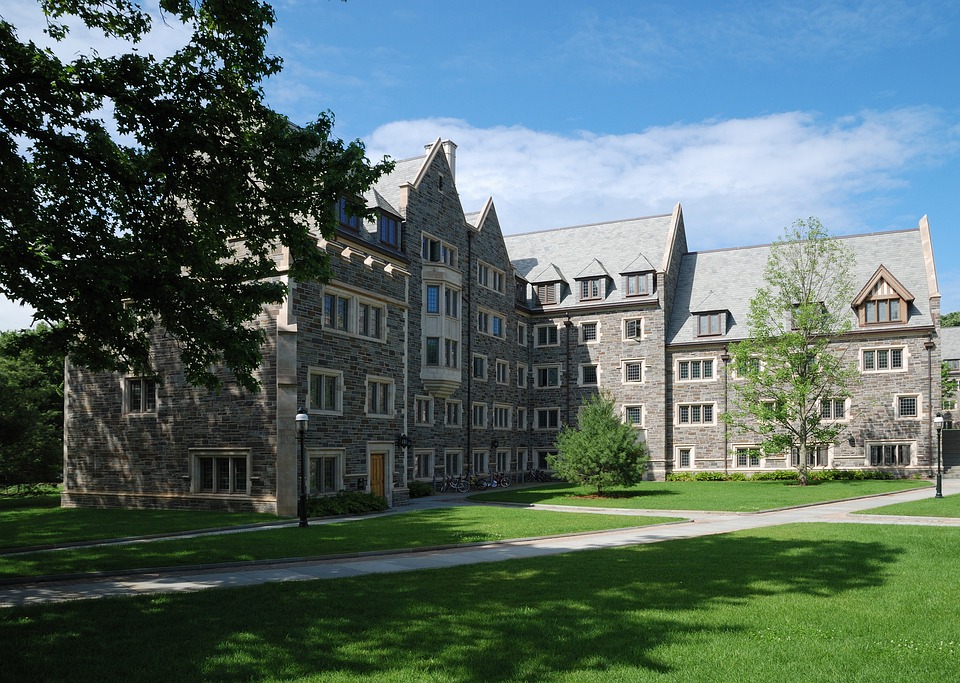
Admission Trends: Ivy League Acceptance Rates for the Last Five Years
Overall Trend: Downward
The table below presents Ivy League acceptance rates from 2024 to 2028, along with their U.S. rankings. From the acceptance rates over the last five years we can find the trend: The acceptance rates are continuously declining. Over the past five years, the acceptance rates of all 8 ivies have generally been decreasing. Although Princeton and Cornell Universities have not yet released their latest acceptance data for class of 2028, past data indicate a similar downward trend. This suggests that competition is becoming increasingly intense, and the difficulty of gaining admission is rising.
| US Rankings |
Ivies | 2028 | 2027 | 2026 | 2025 | 2024 |
|---|---|---|---|---|---|---|
| 1 | Princeton | NA | 4.50% | 5.70% | 3.98% | 5.60% |
| 3(tie) | Harvard | 3.60% | 3.40% | 3.19% | 3.43% | 4.90% |
| 5 | Yale | 3.70% | 4.40% | 4.60% | 4.60% | 6.50% |
| 6 | Pennsylvania | 5.38% | 5.80% | 6.50% | 5.70% | 8.51% |
| 9 | Brown | 5.20% | 5.10% | 5.00% | 5.50% | 6.90% |
| 12(tie) | Columbia | 3.80% | 3.90% | 3.74% | 3.90% | 6.10% |
| 12(tie) | Cornell | NA | 7.30% | 7.30% | 8.70% | 10.70% |
| 18(tie) | Dartmouth | 5.30% | 6.20% | 6.40% | 6.17% | 8.80% |
Ivy league with Highest Acceptance Rate
Among these eight schools, Cornell University and Dartmouth University have higher acceptance rates than others. Cornell’s acceptance rate is the highest; although the latest data for 2028 has yet to be released, its acceptance rates over the past years have been approximately 1-2% higher than those of other schools. 2024 Cornell’s acceptance rate reached 10.70%, the highest value among all Ivy League schools in the past five years. Despite having the highest acceptance rate among the Ivies, the competition remains fierce, and the application difficulty is still much higher than other universities in the United States.
Ivy league with Lowest Acceptance Rate
Among these eight schools, Harvard, Yale, and Columbia have the lowest acceptance rates. Harvard, in particular, has consistently had the lowest acceptance rates over the past five years, never exceeding 5%. Ranked 4th in the QS World University Rankings, Harvard attracts many outstanding applicants from around the world, making the competition extremely intense.
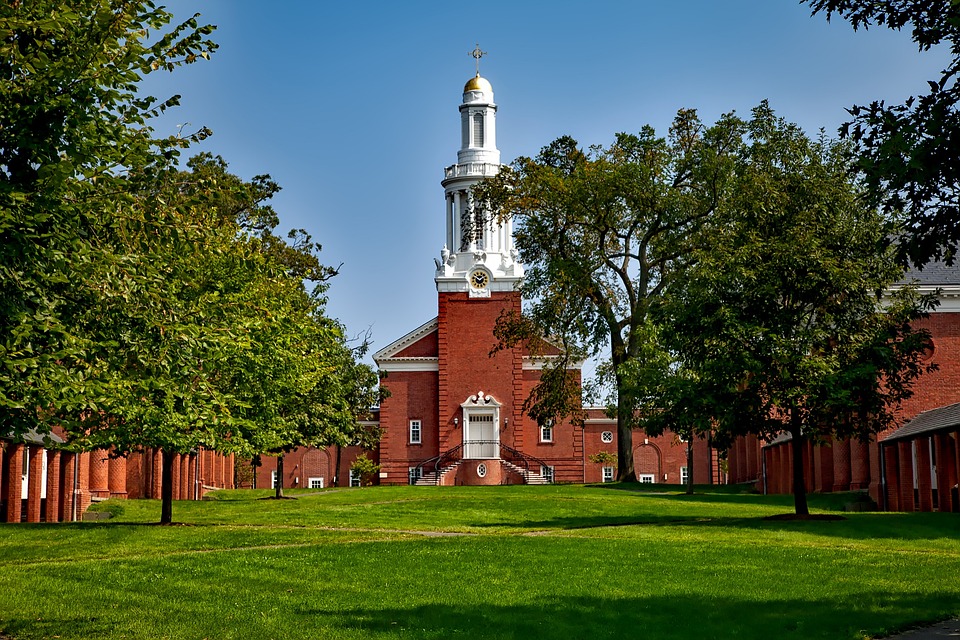
Ivy League Acceptance Rates for Class of 2028: Early Decision and Regular Decision
What’s the Difference?
Ivy League schools often offer two rounds of admissions: Early Decision (ED), and Regular Decision (RD). Understanding the differences between ED and RD can help you strategically plan your admissions process.
| Early Decision | Regular Decision | |
|---|---|---|
| Commitment | If admitted, students must attend the school and withdraw all other college applications. | Students can apply to multiple schools and are not required to commit to one until the universal reply date, typically May 1. |
| Application Deadline | Typically, applications are due in early November. | Usually around January 1. |
| Notification Date | Decisions are usually released in mid-December. | Decisions are released in late March or early April. |
| Acceptance Rates | ED applicants often have higher acceptance rates because it demonstrates a strong commitment to the school. | RD applicants are considered without preference given for demonstrated commitment. |
Early Decision and Regular Decision Acceptance Rates: Class of 2028
Here are the statistics of the early decision and regular decision acceptance rates(class of 2028). Princeton, University of Pennsylvania, Columbia University, and Cornell University have yet to release their numbers.
| Overall AR |
Early Decision Acceptance Rates | Regular Decision Acceptance Rates | |||||
|---|---|---|---|---|---|---|---|
| Ivies | – | Accepted | Applied | Acceptance Rate | Accepted | Applied | Acceptance Rate |
| Princeton | NA | – | – | – | – | – | – |
| Harvard | 3.60% | 692 | 7,921 | 8.74% | 1,245 | 46,084 | 2.70% |
| Yale | 3.70% | 709 | 7,856 | 9.02% | 1,365 | 49,609 | 2.75% |
| UPenn | 5.38% | – | – | – | – | – | – |
| Brown | 5.20% | 898 | 6,244 | 14.38% | 1,623 | 42,637 | 3.80% |
| Columbia | 3.80% | – | 6,009 | – | – | 54,239 | – |
| Cornell | NA | – | – | – | – | – | – |
| Dartmouth | 5.30% | 606 | 3,550 | 17.07% | 1,079 | 28,107 | 3.84% |
Across Ivy League schools, ED acceptance rates are typically higher than RD rates. For example, the Harvard ED acceptance rate is 8.74%, tripled its RD acceptance rate. Brown University and Dartmouth University also see their ED acceptance rate as much higher than the RD acceptance rate.
ED applicants are also fewer in number. The ED applicant’s numbers often range from 3,000 to 8,000, while the RD applicant’s numbers often exceed 40,000. But that doesn’t mean the ED application is easy. Applicants in ED are generally stronger and more committed.
Although the number of applicants for ED is generally smaller than RD, which can increase an individual’s chances of standing out, this also means that the competition is intense, as ED applicants tend to be highly qualified and well-prepared.
For students confident in their choice, Early Decision can be advantageous, offering a higher likelihood of acceptance. However, it’s essential to weigh the commitment involved and ensure the chosen institution aligns with your goals and aspirations.
How to Get Into an Ivy League School
Getting into the Ivy League Schools is not an easy task, so you have to be stand out among other excellent applicants. But don’t let these low acceptance rates discourage you. Here are some suggestions that can help you get accepted into the Ivies:

Get High GPA and Excel Academically
Ivy League schools are rigorous about the GPA and test scores. Aim for top grades throughout high school, particularly in challenging Advanced Placement (AP) or International Baccalaureate (IB) courses. Additionally, achieving high standardized test scores (SAT or ACT) can significantly bolster your application. Prepare thoroughly and consider retaking the exams to improve your scores.
Demonstrate Leadership and Extracurricular Involvement
Ivy League institutions value well-rounded students who have demonstrated leadership and commitment outside the classroom. Participate in extracurricular activities such as clubs, sports, or community service projects. Aim to hold leadership positions, such as president of a club or captain of a sports team. This shows your ability to lead, manage responsibilities, and contribute to your community.
Compelling Personal Statements and Essays
Your personal statement and supplemental essays are your chance to showcase your unique personality, experiences, and aspirations. Schools want to understand who you are beyond your grades and test scores. Write compelling narratives that reflect your passion, resilience, and how you’ve overcome challenges. Be authentic and introspective.
Letters of Recommendation
Strong letters of recommendation can significantly enhance your application. Find teachers, counselors, or mentors who know you well and can speak to your academic abilities, character, and achievements. Ensure that your recommenders have ample time to write thoughtful and detailed letters. Providing them with a resume or list of accomplishments can help them highlight your strengths effectively.
Show Genuine Interest and Fit
Ivy League schools also look for students who are genuinely interested in their programs and will thrive in their academic and social environments. Research each school thoroughly to understand its unique culture, values, and offerings. Tailor your application to highlight how you align with the school’s mission and how you plan to contribute to the campus community. Attending information sessions, campus tours, and reaching out to admissions officers can demonstrate your enthusiasm and dedication.
Ivy League is Possible
Getting into an Ivy League school is undoubtedly a challenging and competitive process. This blog post offer you guidance to understanding Ivy League acceptance rates and practical tips to enhance your chances of securing a place among the elite. Begin your preparation as early as possible, stay focused, and believe in your potential. The Ivy League dream is within reach, and with determination and effort, you can turn it into reality!
FAQ
What is the easiest Ivy League to get into?
Cornell University.
Cornell generally has a higher acceptance rate compared to other Ivies. For example, in recent years, Cornell’s acceptance rate has been around 10-11%, whereas schools like Harvard and Columbia have acceptance rates below 5%. Cornell also has a diverse array of schools and colleges within the university, including public and private colleges. This diversity means more varied admission criteria and more opportunities for applicants to find a fit.It’s important to recognize that “easiest” is a relative term. All Ivy League schools are highly competitive.
Is a 3.7 GPA good for Ivy League?
A 3.7 GPA is considered strong, but Ivy League admissions are highly competitive, and many successful applicants have higher GPAs, often above 3.8 or 3.9. However, a 3.7 GPA can still be competitive if complemented by other impressive factors such as high standardized test scores, outstanding extracurricular achievements, strong personal essays, and excellent letters of recommendation.
Why is Stanford not an ivy?
Stanford University is not part of the Ivy League primarily because the Ivy League is a specific group of eight private colleges in the Northeastern United States. The term “Ivy League” originally referred to an athletic conference formed in 1954, comprising Harvard, Yale, Princeton, Columbia, Dartmouth, Brown, the University of Pennsylvania, and Cornell. These schools have a long history and share similar academic prestige, but the term’s usage has expanded to denote a certain level of academic excellence and exclusivity.
